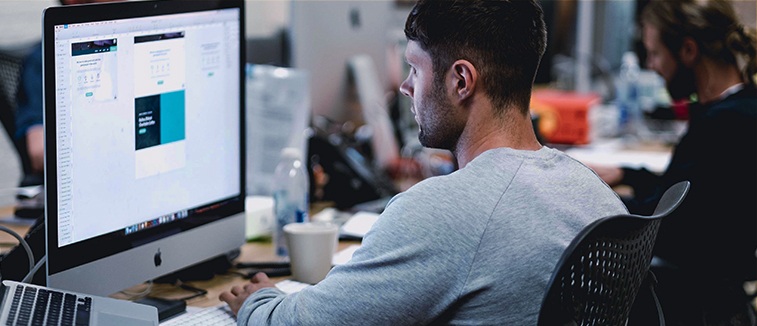In today’s digital age, where users access websites across a myriad of devices and screen sizes, mastering the art of responsive images is crucial for delivering an optimal user experience. Responsive images not only enhance the visual appeal of your WordPress website but also play a significant role in improving loading times and search engine rankings.
Understanding Responsive Images
Responsive images are images that adapt dynamically to fit the screen size and resolution of the device being used to view them. In WordPress, ensuring your images are responsive means they will scale appropriately on various devices, from desktops to smartphones and everything in between. This adaptability is achieved through HTML markup and CSS styling, allowing images to resize and reformat seamlessly.
Implementing Responsive Images in WordPress
WordPress offers native support for responsive images, making it relatively straightforward to implement. When uploading images to your WordPress media library, ensure you’re using appropriate file formats such as JPEG, PNG, or the newer WebP format for better compression and quality. When inserting images into your posts or pages, WordPress automatically generates multiple sizes and resolutions to serve the most suitable version based on the user’s device.
Optimizing Responsive Images for SEO
Responsive images play a vital role in search engine optimization (SEO) by improving page load times and user experience, both of which are factors Google considers when ranking websites. To optimize your responsive images for SEO, make sure to use descriptive file names, relevant alt tags, and captions that include relevant keywords. Additionally, compressing images and implementing lazy loading techniques can further boost your website’s SEO performance.
Advanced Techniques for Responsive Images
For those looking to take their responsive image game to the next level, advanced techniques such as art direction and resolution switching offer additional customization options. Art direction allows you to specify different images for different screen sizes or aspect ratios, ensuring the best possible display on any device. Resolution switching involves serving different image resolutions based on device capabilities, optimizing both image quality and loading times.
Testing and Debugging Responsive Images
Testing and debugging responsive images are essential steps in ensuring they function as intended across various devices and browsers. Use browser developer tools and online testing tools to simulate different screen sizes and resolutions, identifying any issues or inconsistencies. Common challenges such as blurry images or improper scaling can often be addressed by adjusting CSS styles or WordPress settings.
Takeaway
Mastering the art of responsive images in WordPress development is a journey that requires attention to detail and a commitment to optimizing the user experience. By following best practices for implementing, optimizing, and testing responsive images, you can ensure your WordPress website looks great and performs well on any device. Embrace the power of responsive images to delight your visitors and improve your search engine rankings.
In the final analysis, Web Boost Online takes the spotlight as the go-to expert for WordPress development. Your website deserves the best, and that’s exactly what you get with Web Boost Online.











